Italy has for millennia been a central stage for the religious development and spirituality of the Christian West.
From majestic papal basilicas to serene mountain sanctuaries, the country offers an extraordinary variety of experiences that promise a deep connection with the past, art and faith.

Religious cities in Italy: a guide to the holy sites
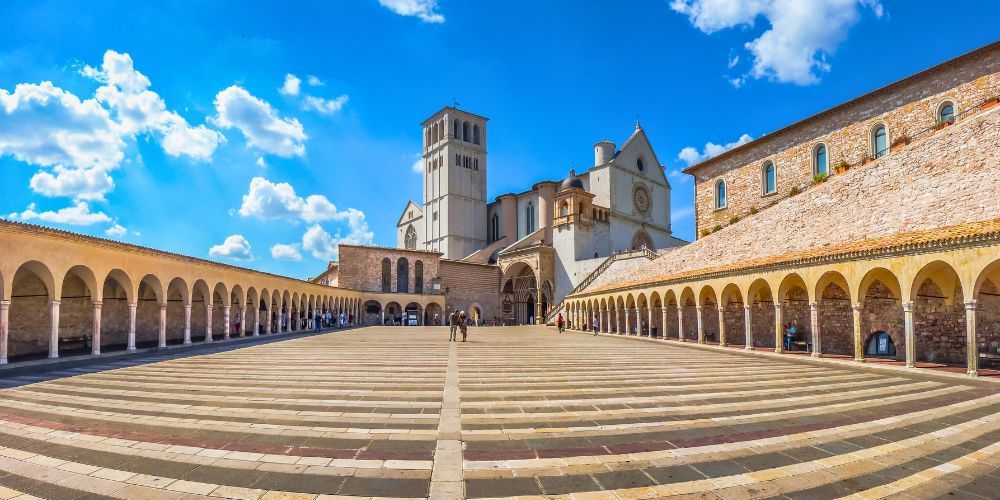
Whether you are a devout pilgrim, a history buff or simply a curious traveller, this article will guide you through ten religious places and cities in Italy, each one foretelling incredible stories of faith, devotion and architectural splendor.
Vatican City and Saint Peter's Basilica
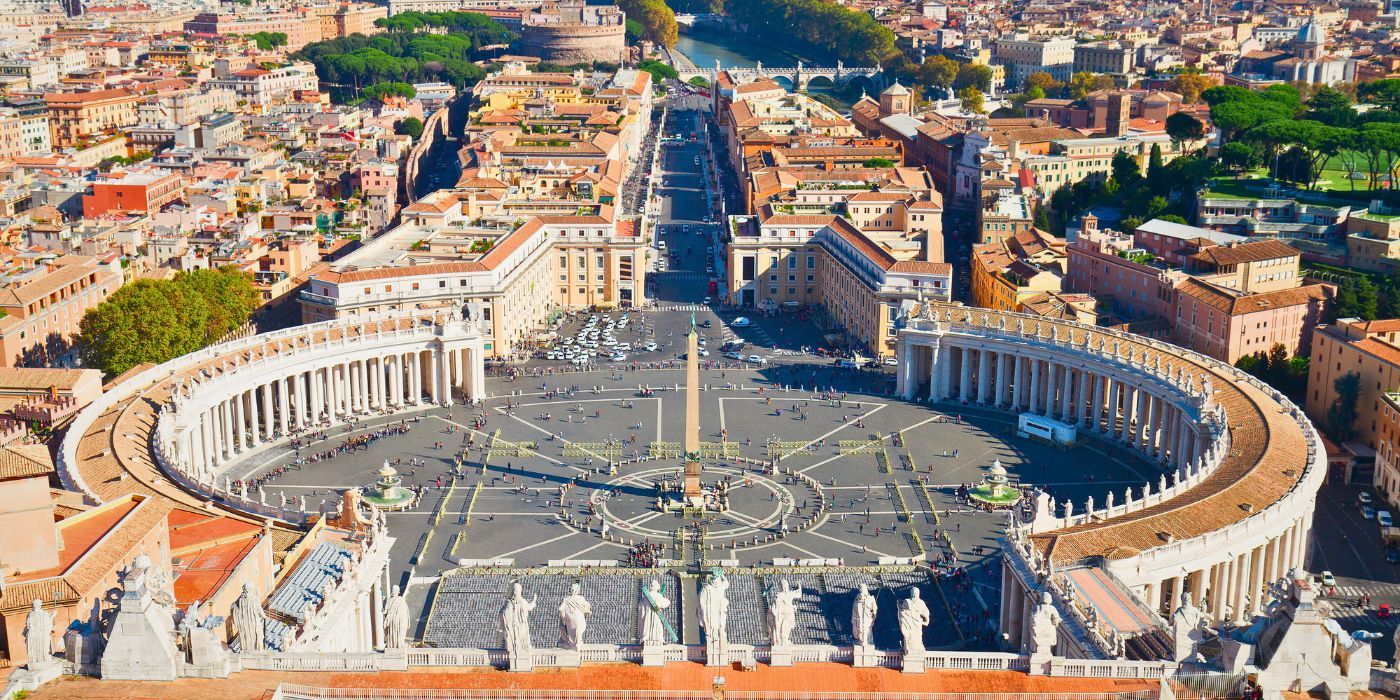
In the heart of Rome lies Vatican City, the spiritual center of the Catholic world. This sovereign state, the smallest in the world, holds immeasurable religious significance for over a billion people. Within its walls stands St. Peter's Basilica, one of the largest and most imposing churches in the world, built on the burial site of Saint Peter, the first Pope.
The majesty of the celebrated elliptical colonnade, consisting of an impressive number of columns – 284 – and pillars – 88 –, created by Gian Lorenzo Bernini at the behest of Pope Alexander VII Chigi, which embraces St. Peter's Square, surmounted by an imposing array of 162 statues representing the so-called "ecclesia triumphans," created, instead, by some of Bernini's collaborators but always under his supervision, represent, by their very nature, a true testament to the Catholic faith.
Inside the basilica, visitors can admire true timeless masterpieces such as, for example, Michelangelo's Pietà, a sculpture that profoundly captures the pain and devotion of the Virgin Mary holding the body of Jesus.
Below the papal altar lies the tomb of Saint Peter, an essential point of reference for all those seeking a tangible connection with the origins of the Church and its uninterrupted papal succession.
The corridors of the Vatican Museums house an artistic treasure of inestimable value and culminate in the Sistine Chapel, famous for the frescoes painted there by the skilled hand of Michelangelo Buonarroti, including the iconic "Creation of Adam".
A particularly significant moment for pilgrims is the opening of the Holy Door during Jubilee years. The Jubilee of 2025 will be an extraordinary opportunity to visit the Vatican and pass through this door, a symbol of the passage from sin to grace and the opportunity to receive indulgence and forgiveness.
Discover what to do in Vatican CityAssisi and Saint Francis' Basilica

Among the gentle slopes of Italy's green heart, Umbria, rises Assisi, the birthplace of Saint Francis, a figure revered for his humility, the boundless and unconditional love he felt for every form of life, and his dedication to poverty.
Desired by Pope Gregory IX as a "specialis ecclesia," by means of the Bull "Recolentes" of April 29, 1228, the Basilica of Saint Francis is an important pilgrimage site that, every year, attracts attention to a complex on two levels – upper church and lower church – adorned with frescoes bearing the names of masters of the caliber of Giotto and Cimabue, depicting fragments of the saint's life. The basilica, a UNESCO World Heritage Site since 2000, is a masterpiece of first Romanesque-Ravenna, then Gothic architecture, which invites contemplation and offers pilgrims the opportunity to walk in the footsteps of Saint Francis, experiencing his profound connection with God and nature.
The tranquil atmosphere and spiritual aura make Assisi an ideal destination for those seeking inner peace and a deeper connection with their faith. In addition to the basilica, Assisi houses other significant Franciscan sites, including the Basilica of Saint Clare, dedicated to Saint Clare, a contemporary of Saint Francis and founder of the Poor Clares monastic order, and the Hermitage of the Carceri, a peaceful retreat nestled in the mountains where Saint Francis often withdrew in prayer.
Florence and the Cathedral of Santa Maria del Fiore

Considered one of the most famous landmarks of the Tuscan capital, the Cathedral of Santa Maria del Fiore, also known as the 'Duomo of Florence', represents an astonishing example of Gothic and Renaissance architecture, whose construction began at the end of the 13th century and was completed in the 15th, with significant contributions from Arnolfo di Cambio and Filippo Brunelleschi.
Built on the remains of the much older church of Santa Reparata, the cathedral, whose construction began in 1296 and was structurally completed only in 1436 – the year it was dedicated by Pope Eugene IV – represents a powerful fusion of religious devotion and artistic and engineering innovation, standing as a proud banner of the historical and cultural importance of the city of Florence not only during the Renaissance.
The initial ambition of its designer was to create the largest church in the Catholic world. The realization of the revolutionary octagonal dome by Brunelleschi is rightly considered one of the most audacious architectural and engineering feats of the entire Italian Renaissance. The complex of the Cathedral of Santa Maria del Fiore also includes Giotto's Campanile and the Baptistery, famous for its bronze doors.
Discover the marvells of Florence DomeMilan and its Duomo
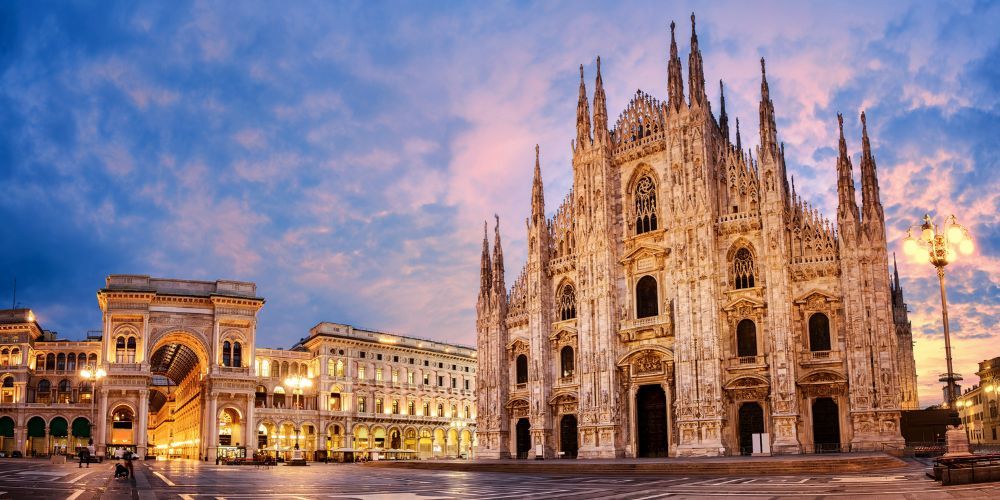
Our journey to the discovery of th religious cities and holy sites in Italy moves on to the Metropolitan Cathedral of the Nativity of Saint Mary, also known as the 'Duomo of Milan', a magnificent example of Gothic architecture, renowned for its intricate carvings, the imposing white marble facade, and the golden sculpture of the Madonnina that from the top of the Great Spire of the Tiburio watches over and welcomes faithful from all over the Catholic world.
Its construction, begun in 1386, lasted for almost six centuries, until 1965, when the construction of the facade was finally completed with the installation of the high reliefs that frame the doors. The long construction process led to the incorporation of different architectural styles, described as a mixture of 'perpendicular and flamboyant Gothic'.
One of the authentic experiences offered by the Duomo is, without a doubt, the possibility of climbing onto the roof to admire, from the famous Terraces, the forest of 135 spires and enjoy a panoramic view of the city of Milan.
Discover more about the Milan's DomeCassino and the renowned Montecassino abbey

The Abbey of Montecassino, founded by Saint Benedict of Norcia in 529 AD, is, without a doubt, one of the most historically and culturally significant monasteries in Europe. This place, in fact, is considered the cradle of the Benedictine Order and has had a profound influence on Western monasticism and the preservation of knowledge during the Middle Ages.
Strategically located on the summit of Montecassino, the abbey was completely destroyed during the Second World War, during the second phase of the famous Battle of Cassino, which took place in 1944. Its reconstruction began immediately after the cessation of the conflict, with the aim of reproducing exactly the features disfigured by hundreds of bombings. The restoration operations were carried out by the engineer Giuseppe Breccia Fratadocchi from 1948 to 1956, encountering some opposition from some art historians who did not exactly approve of some of the solutions he adopted.
Even today, Montecassino is an active monastery, a powerful standard-bearer of centuries of spiritual tradition, intellectual research, and resilience. Visitors to the abbey have the opportunity to explore its church, cloisters, and the Loggia del Paradiso, which offers breathtaking views of the surrounding landscape. Inside the abbey, there is also a museum that displays its rich history and artifacts.
Religious cities in italy: a guide to holy sites - San Giovanni Rotondo and the Church of Saint Pius
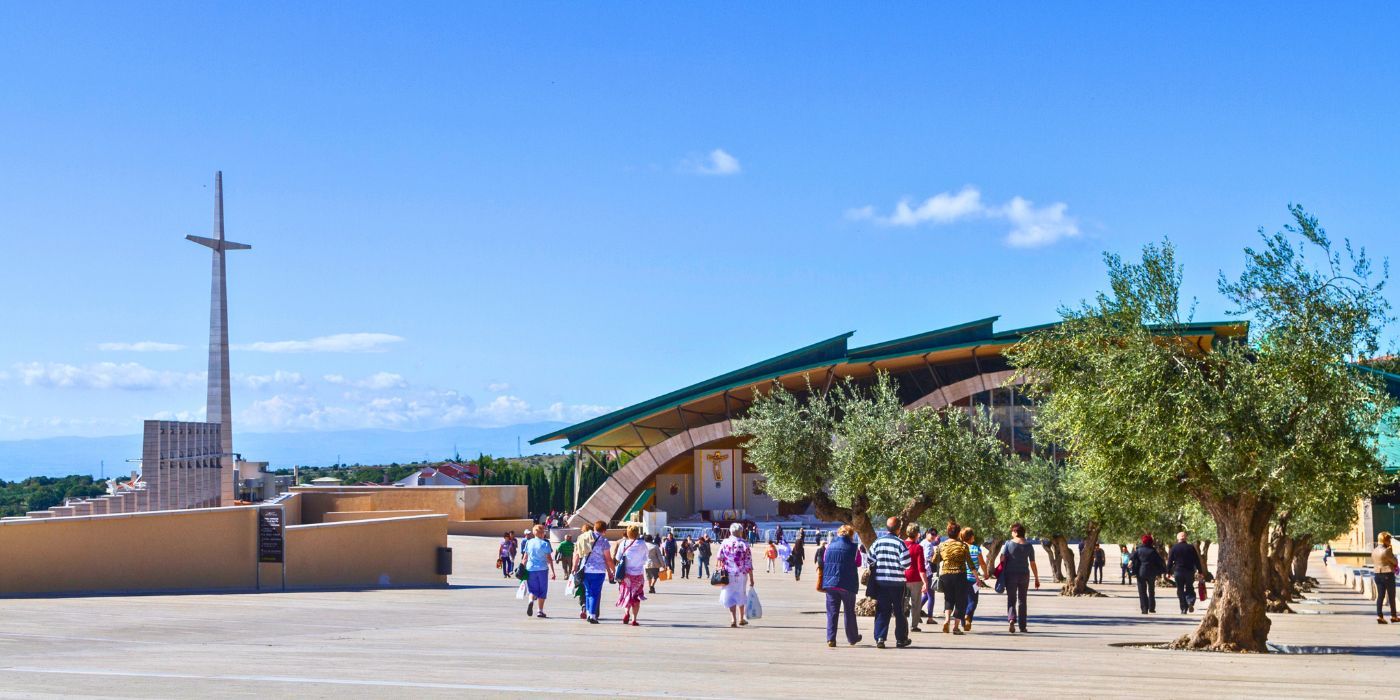
Located in the heart of the Gargano area in Puglia, San Giovanni Rotondo is, without a doubt, one of the most significant spiritual centers in Italy and the world for millions of faithful. This place is, in fact, inextricably linked to the figure of Saint Pio of Pietrelcina, better known as Padre Pio, who had a profound influence on popular spirituality and contemporary Catholic devotion.
Situated in a hilly position, San Giovanni Rotondo became a point of reference for Catholic pilgrims starting as early as 1916, the year Padre Pio arrived there and remained until his death in 1968. The presence of the saint, with his charisma and his works, transformed a small agricultural town into an important center of world spirituality. In particular, the construction of the Casa Sollievo della Sofferenza, a modern hospital strongly desired by the saint and inaugurated in 1956, represents an excellence in the healthcare field and a tangible sign of his work.
After Padre Pio's death, devotion to him grew further, culminating in his canonization in 2002. This led to a significant expansion of religious and hospitality facilities for pilgrims. Among these stands out the new Sanctuary of Saint Pio of Pietrelcina, a majestic architectural work designed by Renzo Piano and inaugurated in 2004, capable of hosting thousands of faithful.
Even today, San Giovanni Rotondo is a lively pilgrimage center, a powerful symbol of faith, hope, and charity. Visitors to San Giovanni Rotondo have the opportunity to visit the places linked to the life of Padre Pio, such as the old church of Santa Maria delle Grazie, his cell, the convent, and of course the new sanctuary. Inside the complex, there is also a museum that exhibits the life and works of the saint, offering an in-depth understanding of his spiritual journey and his legacy.
Loreto and the Sanctuary of the Holy House
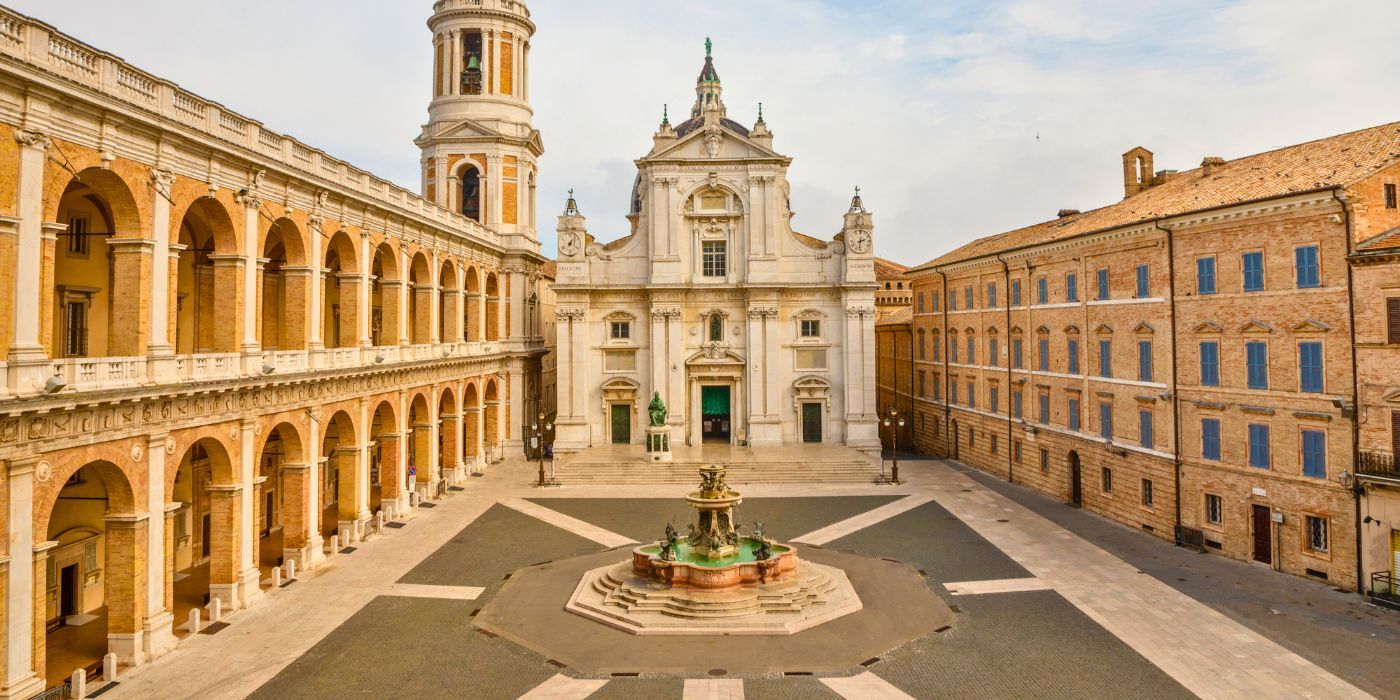
The Sanctuary of the Holy House of Loreto is an important Marian shrine in Italy, which has attracted pilgrims from all over the world for centuries due to the belief that the complex houses, within its walls, the Holy House of Nazareth. Tradition holds that this house, the birthplace and dwelling of the Virgin Mary, was miraculously transported by angels from Nazareth to Loreto in the 13th century.
The Basilica of the Holy House was built, in fact, precisely to enclose and protect the Holy House, and represents, by its very nature, one of the most important Gothic-Renaissance monuments in Italy. Loreto has been – and still is – a significant pilgrimage destination for the Christian world since at least the 14th century, attracting devotees of the Virgin Mary from all over the world.
The Holy House holds profound spiritual significance as a place of prayer and reflection on the life of the Virgin Mary and the Holy Family. The sanctuary was granted the dignity of a Pontifical Basilica in 1989 by Pope John Paul II, who in 1993 renewed his devotion to the sanctuary, stating that "one goes there to receive grace."
The seven churches of Rome: an ancient spiritual itinerary

The so-called 'Tour of the Seven Churches of Rome' is an ancient pilgrimage route within the city that connects the seven major basilicas of St. Peter in the Vatican, St. Paul Outside the Walls, St. John Lateran, St. Mary Major, St. Sebastian Outside the Walls, St. Lawrence Outside the Walls, and Holy Cross in Jerusalem.
The origins of this pilgrimage date back to the Middle Ages. The itinerary, which consists of a ring route of about twenty kilometers (16 miles), connecting the Via Ostiense to the Via Appia, was then revitalized and formalized in the 16th century by Saint Philip Neri, in line with the dictates of the Counter-Reformation. Visiting these basilicas during Jubilee years, especially the four major papal basilicas (St. Peter, St. John Lateran, St. Mary Major, and St. Paul Outside the Walls), takes on even greater importance due to the opening of the Holy Doors.
Chiusi della Verna anche the Sanctuary of Saint Francis
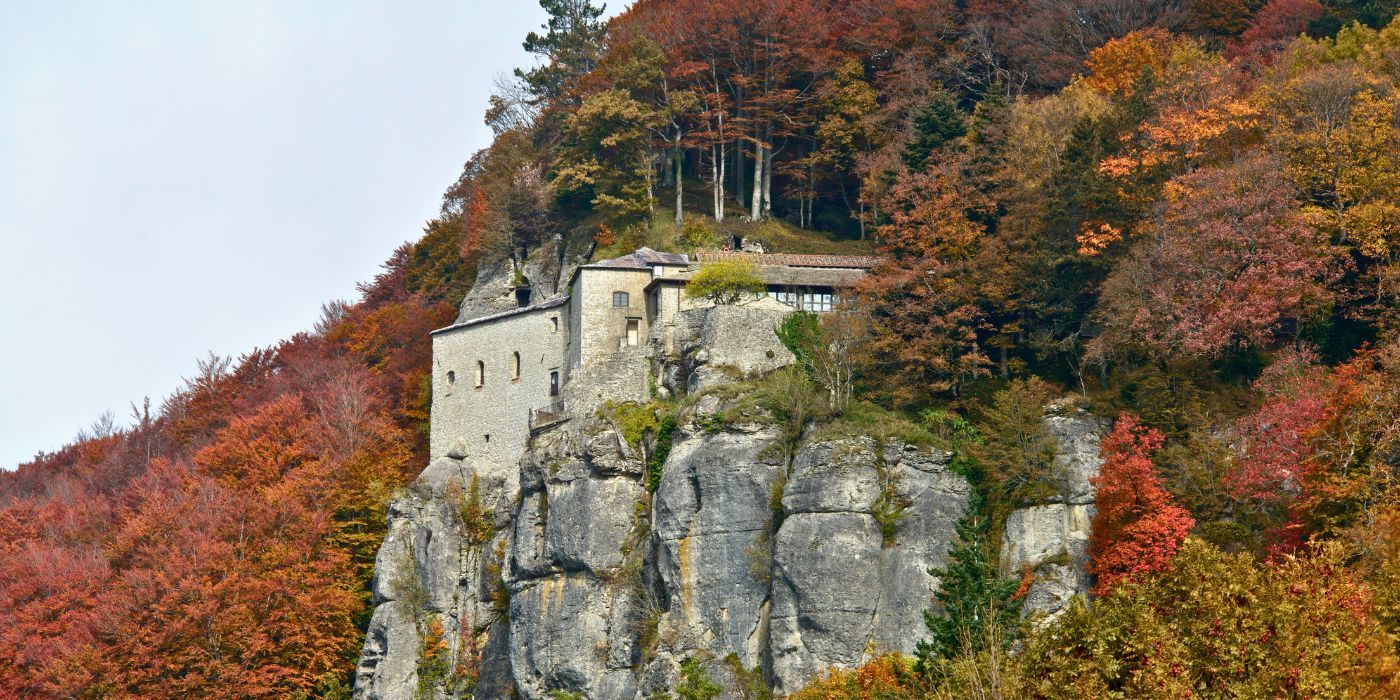
Nestled in the evocative setting of the Foreste Casentinesi National Park in Tuscany, the Sanctuary of La Verna is a place of profound spiritual importance for the followers of Saint Francis of Assisi. History narrates that Saint Francis received the stigmata here in 1224, a crucial event in his life and in the history of the Franciscan Order.
Anyone visiting the sanctuary can enjoy a tranquil and reflective atmosphere, largely justified by the natural context in which the sanctuary is located. For dendrology enthusiasts, the forest hosts a wide variety of tree species, including beech, chestnut, and fir trees, as well as being home to the tallest native white fir in Italy, the "Carlo Acutis" fir (approx. 52 meters high).
Among the key places in the sanctuary are the small original church founded by Saint Francis, the cave where he slept, and the Chapel of the Stigmata, built on the exact spot where the miraculous event is believed to have occurred. Subsequently, a Franciscan monastery and a larger church were built in this place. There is also a museum and some guest accommodations.
Monte Sant'Angelo and the Sanctuary of the Archangel Michael
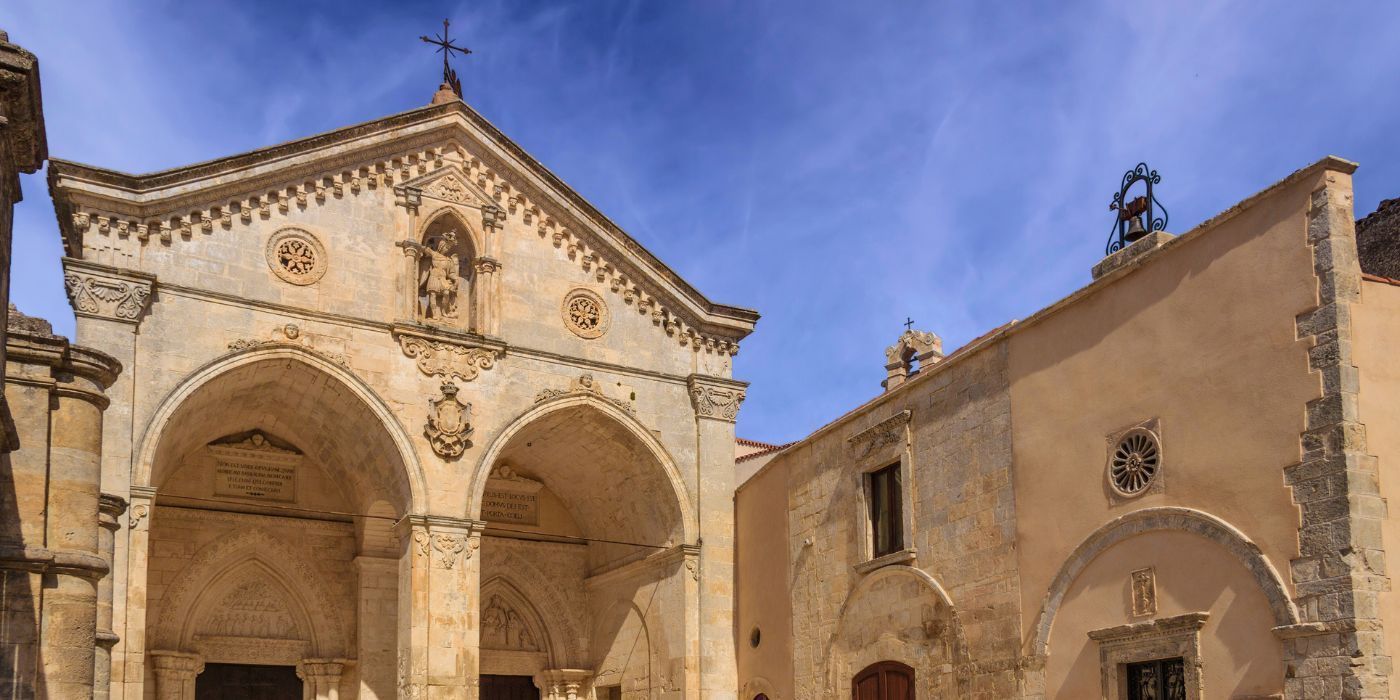
The Sanctuary of Monte Sant'Angelo, located in the Puglia region, is one of the oldest and most revered Christian places of worship dedicated to the Archangel Michael. Its history begins as far back as the 5th century, when, according to tradition, the Archangel Michael appeared in a cave. This cave soon became an important pilgrimage site, attracting faithful from all over Europe.
The sanctuary is distinguished by its location within a marvelous natural cave, which gives it a mystical and evocative aura. Over the centuries, the site has been enriched and expanded with various architectural solutions, including a basilica and several chapels, which harmoniously integrate with the natural component that frames the sanctuary.
Monte Sant'Angelo has long been a fundamental stop for pilgrims heading to the Holy Land along the Via Francigena, consolidating its spiritual importance over the centuries. Even today, the sanctuary continues to attract numerous pilgrims eager to venerate the Archangel Michael in this place steeped in history and faith.
About the author
Written on 18/04/2025


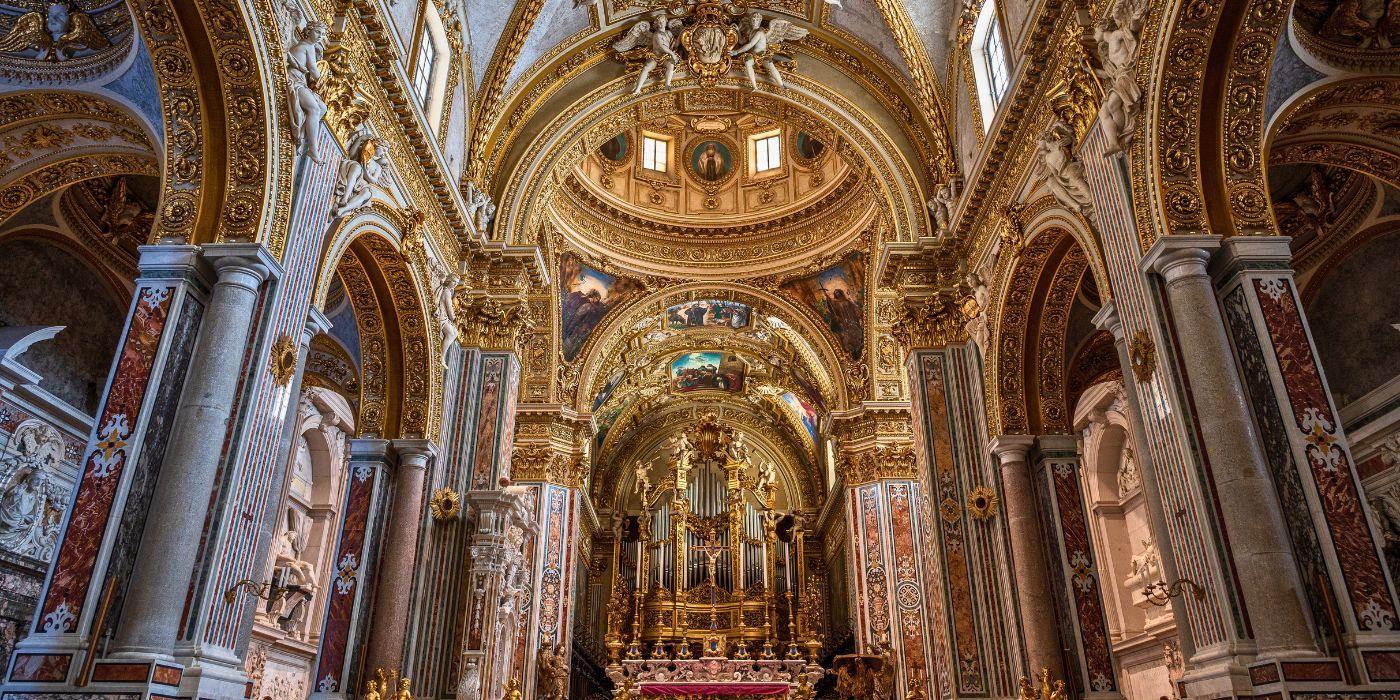
Gaetano Del Gaiso
Here is a guide to ten cities and sacred sites not to be missed in Italy: a journey between spirituality, art and ancient history.